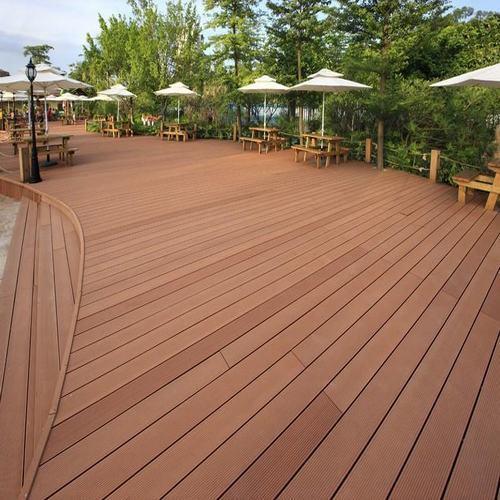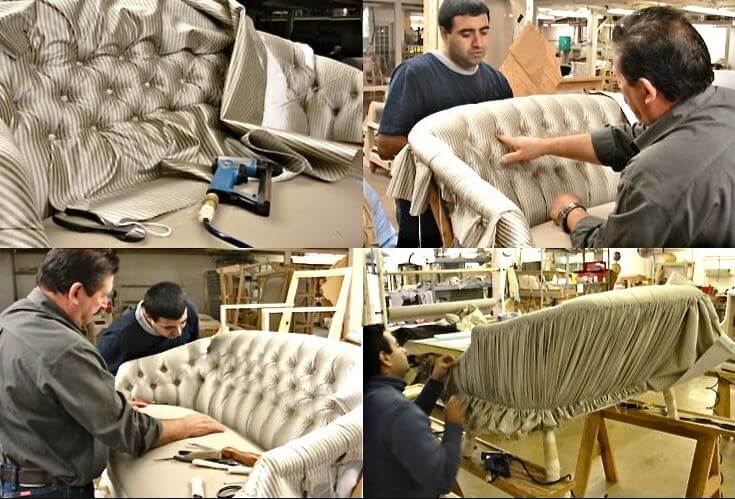
Dry cleaner's man employee removing dirt from furniture in flat, closeup, vacuum clean sofa with professional equipment.
Your sofa is the heart of your living room — a place to relax, watch TV, and spend quality time with family. But over time, even the best-quality sofa repair can show signs of wear and tear. The good news? You don’t always need to hire a professional or replace the whole thing. Many common sofa problems can be fixed right at home with a little time, effort, and the right tools.
Here are 10 common sofa issues and easy DIY solutions to bring your couch back to life.
Sagging Cushions
Problem: Over time, sofa cushions lose their firmness and sink in, making sitting uncomfortable.
Fix:
- Remove the cushion covers.
- Add high-density foam or polyester fiberfill.
- For quick support, insert a piece of plywood underneath the cushions.
Tip: Rotate cushions regularly to maintain shape.
Torn or Worn Fabric
Problem: Fabric sofas can rip, fade, or fray due to daily use or pet scratches.
Fix:
- Small tears: Use fabric glue or iron-on patches.
- Larger areas: Sew a patch or reupholster the panel.
Optional: Use slipcovers as a protective layer.
Squeaky Sofa Frame
Problem: A squeaky sound when you sit down usually means a loose joint or screw in the frame.
Fix:
- Remove cushions and fabric if needed.
- Tighten screws and joints with a screwdriver or wrench.
- Apply wood glue to loose wooden joints and let it dry.
Tip: Add felt pads or rubber washers for extra noise reduction.
Flattened Backrest Cushions
Problem: The backrest loses fluffiness and looks deflated.
Fix:
- Open the cushion seam and insert more polyfill or foam inserts.
- Massage and fluff cushions by hand regularly to maintain volume.
DIY Hack: Use old pillows or stuffing from unused cushions.
Stains and Spills
Problem: Accidental spills from drinks or food can cause stubborn stains.
Fix:
- Blot immediately with a dry cloth.
- Use a mild fabric cleaner or homemade mix (baking soda + vinegar).
- Always test any cleaner on a hidden area first.
Tip: Use a fabric protector spray after cleaning to prevent future stains.
Loose or Broken Springs
Problem: If your sofa sags or makes noise, internal springs may be dislodged or broken.
Fix:
- Remove the fabric base underneath the sofa.
- Re-hook loose springs using pliers.
- Replace broken springs with new ones from a hardware store.
Caution: Wear gloves and eye protection during this repair.
Peeling Leather
Problem: Low-quality or aging leather can peel, flake, or crack.
Fix:
- Clean the area with mild soap and water.
- Use a leather repair kit with color-matching filler.
- Apply leather conditioner to prevent further damage.
Alternative: Cover with a leather slip or fabric throw for temporary improvement.
Detached Zippers or Buttons
Problem: Zippers come off track or buttons fall off, making the sofa look messy.
Fix:
- Zippers: Realign and press the teeth together. Replace sliders if needed.
- Buttons: Sew back with strong thread and a needle.
Pro Tip: Use upholstery thread for stronger hold.
Faded Upholstery
Problem: Sunlight exposure can fade fabric or leather over time.
Fix:
- Rotate cushions regularly.
- Use fabric dye (for cloth sofas) or leather color balm (for leather).
- Add curtains or blinds to reduce sun exposure.
Preventive: Place your sofa away from direct sunlight if possible.
Wobbly Legs
Problem: A sofa leg becomes unstable, making the sofa tilt or wobble.
Fix:
- Unscrew the leg and check for damage.
- Add wood glue or insert a new screw or bracket.
- Replace with new sofa legs if necessary (available online or in stores).
Tip: Always lift the sofa when moving it — never drag.
When to Call a Professional
While many repairs can be handled at home, some issues—like internal frame damage or full reupholstery—may need professional attention. If you’re unsure, get a quote before attempting a complex fix.
Final Thoughts
Your sofa doesn’t have to end up in the trash because of a few flaws. With these simple tips, you can extend its life, save money, and keep your living space looking fresh. Whether it’s fixing a saggy cushion, sewing a ripped seam, or tightening a squeaky frame, DIY sofa repair is easier than you think.
Want to make it even easier? Keep a basic sofa repair kit handy at home, including:
- Screwdriver set
- Wood glue
- Upholstery thread & needle
- Polyfill or foam
- Fabric glue
- Mild cleaner
With just a little effort, your sofa repair Dubai can look and feel brand new again.






